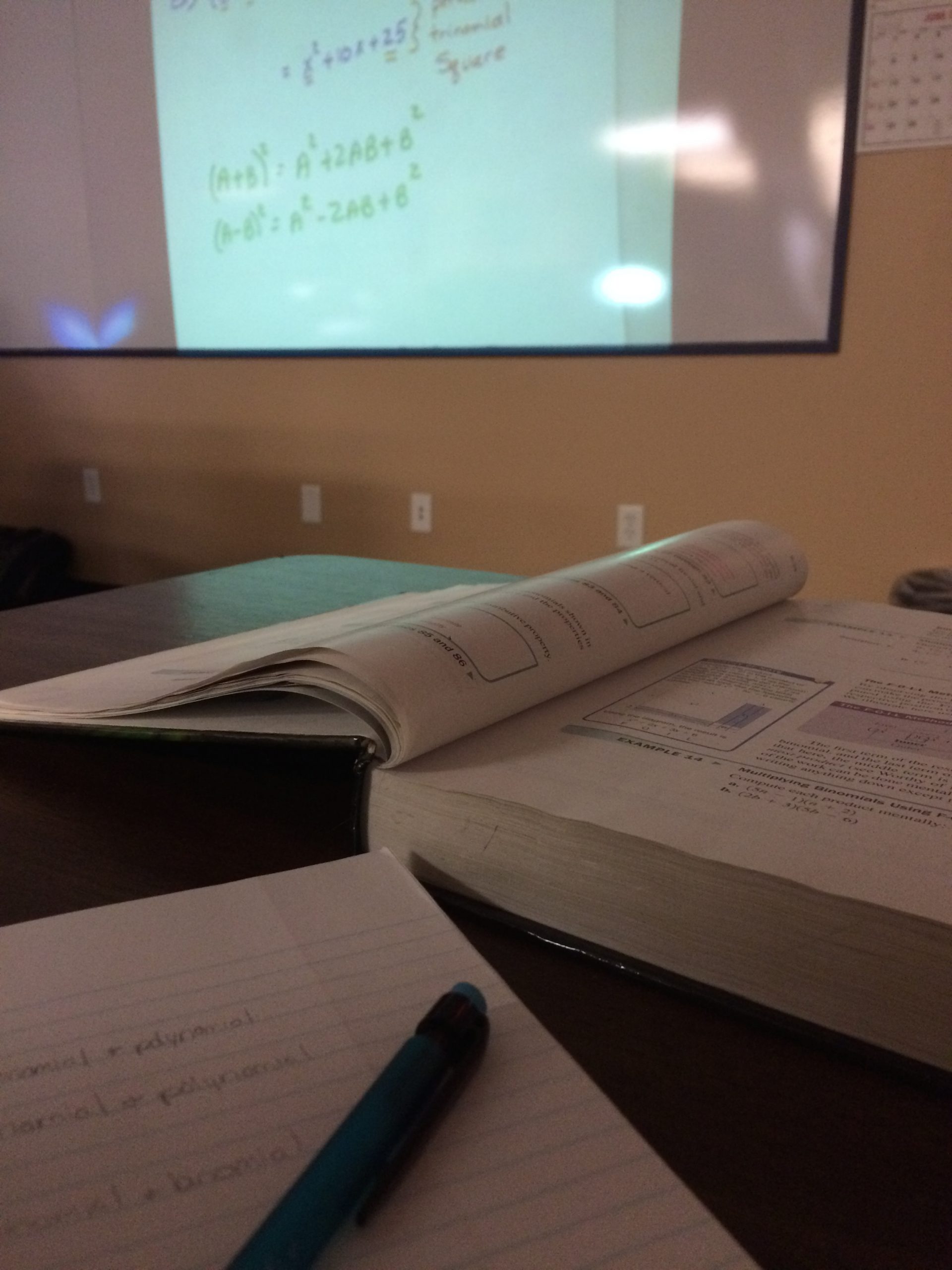2 Texts
Making Meaningful Text Choices
One of the most vital decisions you will make as a teacher is selecting your students’ texts. But how do you know what will be most effective for them? You need to choose texts they find engaging AND can comprehend.
Section 1: Exploring Text Complexity, Readability: Aligning Texts, Tasks
Each content area has its own unique texts that are used to help provide key information about various topics. But, before we hand a text to our students, we need to know if it’s the right fit for them.
Too often, we use a text but have only a vague idea of the readability level. If we use a text that is too difficult or too simplistic, students and teachers can become frustrated with the result.
The Fry and Flesch-Kincaid tests are two common methods for determining a range of readability for a text. It’s important to keep in mind that figuring a text’s readability isn’t an exact science; it will, however, provide a range that shows at what grade level it would best fit.
We are not saying that a text needs to be at a specific grade level for your students. We understand that it is important to challenge a student slightly above his or her comfort level in reading. However, books below, at, or above their reading level all can be valuable at different times as learning tools in your classroom.
Sometimes a text below a student’s reading level can provide key information at a comfortable reading level, which can encourage them to try a more challenging text.
A more difficult text can be addressed by pairing it with other, more easily accessible texts. You’ll also need to provide more support–through graphic organizers and vocabulary work–to help your students who struggle with a difficult text.
Likewise, you need to keep in mind that in a single class, you will have a wide variety of reading levels. Therefore, some students will need more support than others in navigating a text that’s at a higher reading level. In the photo below, we see an example of mathematical equations as a form of literacy in a math class.

Once you’ve considered a text’s readability/complexity level, then you can move on to how you introduce the text to help your students comprehend the content.
Often you can frame the texts–set them up with introductory information, including previewing key vocabulary and other information to set the stage for the reading.
In the following section, we’ll look at some text ideas you should consider to help your students make the most meaning from their reading.
Section 2: A Graphic Option
Graphic novels are often linked to comic books, which are often linked to kid-level reading that you should grow beyond once you get into a secondary school. However, we’re a little too quick to push these aside as a valuable element in our classrooms.
Here is an article that tells of the power of graphic novels: Going Graphic. In newspaper terms, they would call anything that brings a reader into an article an entry point; photos, graphics, headlines–they’re all considered ways to draw a reader into an article. Or you can think of stores that have window displays…designed to get you into their story and buying their products.
Various “texts” can have a similar impact, as they can get students to enter a book…and, hopefully, stay around a while. Graphic organizers are one way many educators have been successful in getting their students to read, while also getting them to learn more about their subject matter.
The article addresses several options for a variety of subject matters.
- Do you see any that would be valuable for your classroom?
- Can you think of any other graphic novels–or other “non-traditional” texts that would encourage your students to learn more about your content area?
